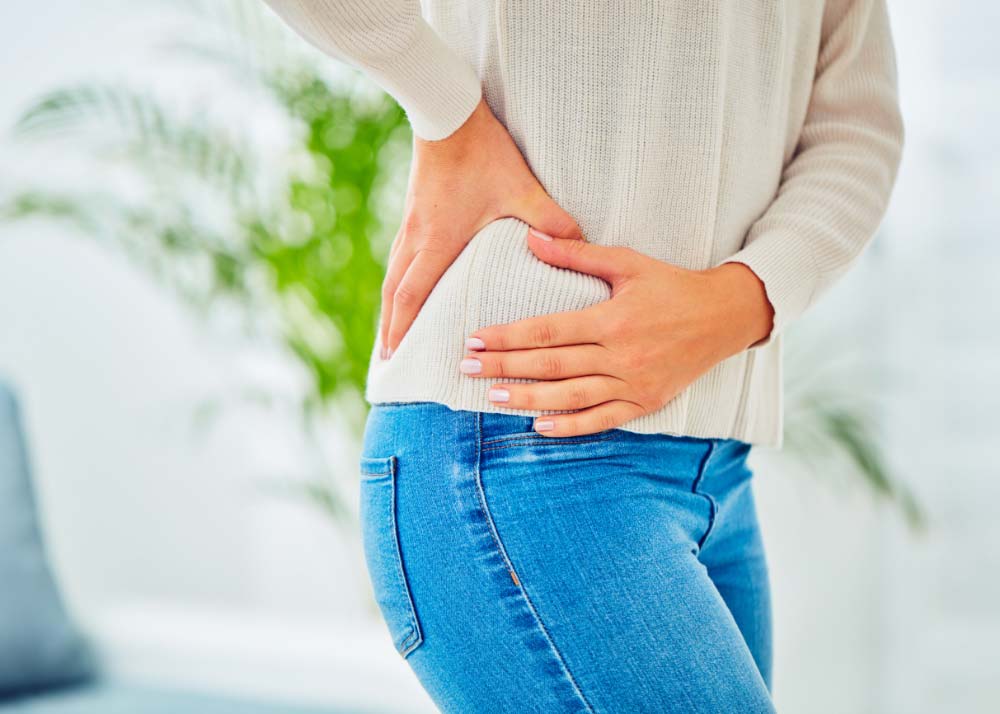Do you have pain on the outside of your hip?
You may be suffering from a condition called Greater Trochanteric Pain Syndrome (GTPS)!
Where does the pain from GTPS usually occur?
The pain that arises from GTPS can usually be localised at a bony prominence on the outside of your hip called your greater trochanter. This point is often very tender to touch. The pain can also radiate down the outside of your leg.
What activities usually make the pain worse?
Activities that usually cause pain in patients with GTPS include:
- Standing for a long time
- Walking
- Walking up stairs
- Getting in and out of a car
- Standing after sitting down for a while
- Side lying on the side that is painful
What causes GTPS?
GTPS refers to the fact there is a pathology involving one, or several structures that sit along the greater trochanter. This could be:
- Inflammation of any of the bursae that sit here
- Pathology of one, or several tendons that sit here
These issues can occur from:
- Weak muscles around the hip
- A sudden increase in activity levels/exercise that you are unaccustomed to
- A change in how you walk or stand, often because of a recent lower back pain or pain in the other leg
- Sitting or lying down in positions that irritate the bursae
- Trauma- such as landing on the outside of your hip during a fall
How can physiotherapists help with GTPS?
Many patients with GTPS often find the pain limit their ability to do regular daily activities. They then avoid these activities, which lead to further muscle weakness around the hips which in turn, feeds into the cycle of the pathology and pain. Physiotherapists can identify what factors are perpetuating the cycle of GTPS and provide short term pain relief, activity modifications and exercises so that you can get back to doing activities you enjoy!
Our physiotherapists make sure to keep up with current evidence and base our practice around current evidence, so we can make sure we are always giving parents the best care and advice!
REFERENCES
Barratt, P.A., Brookes, N. and Newson, A., 2017. Conservative treatments for greater trochanteric pain syndrome: a systematic review. Br J Sports Med, 51(2), pp.97-104.
Redmond, J.M., Chen, A.W. and Domb, B.G., 2016. Greater trochanteric pain syndrome. JAAOS-Journal of the American Academy of Orthopaedic Surgeons, 24(4), pp.231-240.








